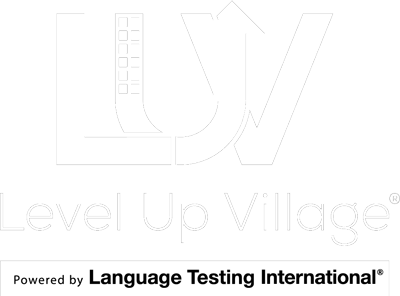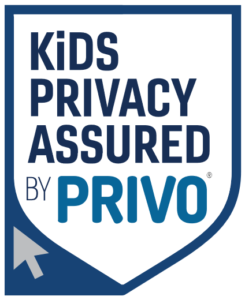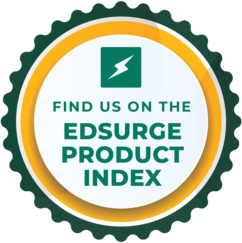By Sam Gordon
As a former Hartford-area resident and current STEM nerd, I was very excited to attend the Annual Connecticut STEM Conference at The Connecticut Science Center last week together with Oletha Walker, who has taught several Level Up Village courses at John F. Kennedy Elementary School in Windsor. Throughout the conference, STEM was discussed not merely as a collection of four subjects, but as a bridge to other disciplines with highly relevant, real-world applications.
Here are my key takeaways from the conference:
1. Overcoming the STEM “Gap” Across Gender And Race
Keynote speaker Dr. Linda K. Barry, Associate Professor of Surgery at The University of Connecticut Medical School, set the tone for the conference with her spirited talk. Her career in STEM began with a dream and a decision at the age of 13 to become a surgeon. We learned how she persisted through both personal and societal adversity and the incredible impact she is having today not just in her role at UConn, but also with several other organizations. One suggestion she made was to help students recognize that fear itself is often the greatest challenge. By reframing obstacles as opportunities, we can reduce fear and overcome adversity. We need stories like hers to spread and inspire the next generation to choose STEM, too, despite the obstacles they, too, may encounter.
2. NGSS Brings a Real-World Emphasis to the Science Classroom
In a lively session on Next Generation Science Standards, Director of Education at Connecticut Invention Convention (@CT_Invent) Christine Lawlor-King said that as a scientist, she feels very comfortable teaching NGSS, since these standards reinforce the need for real-world applications, an approach she is both accustomed to taking and passionate about. Further, by incorporating science with engineering into the classroom, students can take their passion and build on it at any age level. Connecticut Invention Convention has championed this approach for over thirty years.
3. STEM Lessons Shift Towards Inquiry
For teachers, who are often pressed for time, the thought of writing an original inquiry-based curriculum might seem daunting. However, Heather Lichtlin of the Connecticut Science Center demonstrated how, in just minutes, one can “shift” an existing lesson towards STEM inquiry in order to achieve the following objectives:
- Empower Students
- Intellectually Engage Students
- Provide Students with Authentic Experiences
- Uncover and Develop Student Ideas
- Connect Students to the Real World
For example, to “Empower Students,” she says teachers should give students choice in their learning that directly supports the identified learning goals. Likewise, to “Connect Students to the Real World,” she suggested framing the lesson around a relatable example students might encounter in their daily lives.
4. Pioneering Teachers are Globalizing the Classroom
STEM teachers are often pioneers in their schools, and Oletha Walker (@challengeteach1) at JFK Elementary is no exception. Ever since she heard that her students could collaborate virtually with peers across the world via Level Up Village (LUV), she was determined to bring LUV programs to her school. Thanks to grants from the Windsor Education Foundation, she taught courses such as LUV’s Global Inventors (3D printing), Global Doctors: DNA, and Global Programming to her students, who worked as project partners with students in countries such as Jordan and Zimbabwe. Oletha told the audience that by approaching the course deliverables like a real-world business transaction, students became personally invested in helping their partner complete the project. She said the students did not want to let their partners down and even gave up recess to make sure they met their deadlines. By taking this approach, Oletha not only sparked her students’ interest, but also helped them develop the skills that will directly benefit students as they enter college and their careers. In a recent article for the Connecticut Association of Boards of Education (CABE) Oletha wrote, “ I believe this type of experience will encourage some, if not all, of the enrolled students to strive to graduate from the Windsor Public Schools with a clear, achievable post-secondary plan.”
The future of STEM focus in Connecticut seems strong and is driven by motivated educators and professionals. With a widely agreed upon grounding in authentic real-world applications, STEM should continue to take center stage when it comes to innovative education. As the classroom evolves to more closely model the real-world, students will be better prepared to meet the needs of tomorrow.



